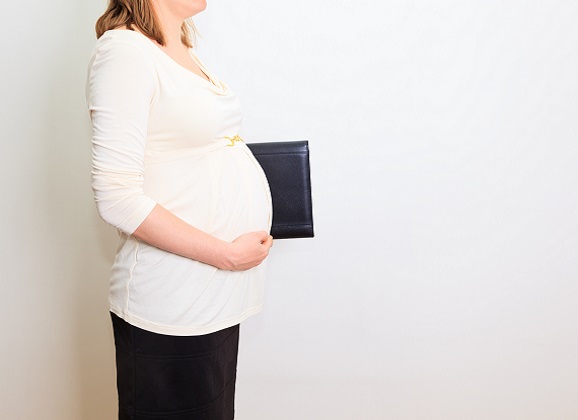One of the newest reproductive technologies is known as “egg freezing.” It is considered a perfective form of flash-freezing that allows human eggs to be successfully stored in “egg banks.” Since October 2012, only commercially, was egg freezing available in our American IVF (In vitro fertilization) clinics. This is truly revolutionary for women.
Would you consider it a fertility insurance policy?
So many women in America are now going to college and graduate school and wanting to complete their education. Many women have chosen to have their careers first and postpone motherhood until a later date. We have all heard the expression, “A woman’s biological clock is ticking,” right? Well, maybe women wouldn’t be so stressed out if they were not married in their twenties or wanted a child even if they didn’t find Mr. Right until a later date.
Some women feel that freezing their eggs can be a big weight off of their shoulders knowing that they have the technology to freeze their eggs for a future pregnancy.
So many women in America struggle with balancing a career and a family at the same time. This can be very trying and difficult for women in our society. They may be feeling guilt when they are at work, or when they are at home and not working.
Has freezing one’s egg become a new trend?
An estimated five thousand women nationwide, according to Dr. Daniel Shapiro, are using this modern technology. There are also women who have not been “traditional” women and feel that freezing one’s eggs can be an empowering experience.
The cost is between $6,500-15,000 per cycle according to Dr. Andrew Toledo, CEO of reproductive Biology Associates in Georgia. According to Dr. Shapiro, women between the ages of 32-35 will have a 40-50 percent chance of achieving a successful pregnancy after freezing their eggs. Between the ages of 35 and 38 years of age the rate declines to 35 percent and if you freeze between 39-40 years, it can drop to 20-25 percent. Over the age of 40 however, the success rate will be less than 10 percent.
 The actual procedure involves injecting the patient with medicine for ten days and visiting the doctor between 5 or 6 times. The doctor will ‘harvest” the woman’s egg after approximately two days while she is under a twilight sedation. Some women complain of a small amount of pain besides cramping and breast tenderness, but may go back to work the following day.
The actual procedure involves injecting the patient with medicine for ten days and visiting the doctor between 5 or 6 times. The doctor will ‘harvest” the woman’s egg after approximately two days while she is under a twilight sedation. Some women complain of a small amount of pain besides cramping and breast tenderness, but may go back to work the following day.
Certain patients believe that they have put a lot of money into their own education and why not do that with their reproductive future?
Women, this will give you an opportunity if you can financially afford it to pursue your career goals and feel less stressed out by knowing this technology is available for your future child.

















